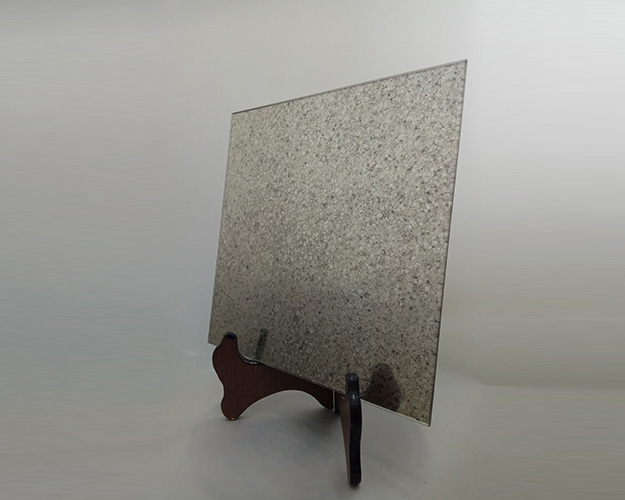Four characteristics of imitated ancient mirrors in Ming Dynasty
There is no obvious inheritance relationship between the bronze mirrors of Ming Dynasty and those of song and Yuan Dynasties, but it lacks innovation. It mainly imitates the type of the bronze mirrors of Han and Tang Dynasties, and evolves from it. Therefore, the imitation mirror occupies a large proportion in the bronze mirror of Ming Dynasty. Ming Dynasty imitated ancient mirror and paid attention to inscriptions, except for those in the early period without inscriptions.
Ming Dynasty imitated Han mirror mainly includes: Zhaoming mirror and portrait mirror; Tang mirror mainly includes: sea animal grape pattern mirror and heavy wheel mirror.

Characteristics of antique bronze mirrors in Ming Dynasty
1. The lead quality of antique bronze mirrors in Ming Dynasty is better than that in song and Jin Dynasties. The quality is fine and the surface is mostly gray white, but it is not as shiny as that of bronze mirrors in Han and Tang Dynasties.
2. Most of the Tang mirrors copied in Ming Dynasty have inscriptions; the inner region is larger than the outer region, while the bronze mirrors copied in Song Dynasty are just the opposite.
3. The Tang mirror button copied in Ming Dynasty is larger than that in Song Dynasty. The top of the button is more polished, because the copper juice flows into the hole during casting, and it needs to be polished after cooling. Before the Tang Dynasty, the bronze mirror button had no flat top. At that time, the copper juice flowed into the fan from the fan side. The change of casting method provides us with the basis for dating.
4. The Ming Dynasty imitates the bronze mirrors of the Han and Tang Dynasties, some of which have the characteristics of this era in decoration. For example, in the Ming Dynasty, the pattern of the mirror was changed into a plain mirror after removing the ornamentation, and then an inscription was cast between the button and the edge. In order to cast striking inscriptions in the inner area, the central chord pattern is often moved to the edge of the mirror. There are also many inscriptions on the mirror of Tang Dynasty.
-
02-26
Four characteristics of imitated ancient mirrors in Ming Dynasty
There is no obvious inheritance relationship between the bronze mirrors of Ming Dynasty and those of song and Yuan Dynasties, but it lacks innovation. It mainly imitates the type of the bronze mirr
-
02-26
How to protect archaize mirror better
Archaize mirror is the latest popular decorative mirror in the world. It is different from ordinary aluminum mirror and silver mirror. It belongs to a kind of deep-processing glass. After special
-
02-26
How to place antique mirror?
The casting of bronze mirrors in Tang Dynasty absorbed the traditional technology of Han Dynasty, and imitated ancient mirror manufacturers. From the perspective of some imitated Han mirrors now, t
-
02-26
Recognition method of archaize mirror
The first method is simple and easy to manufacture. The patterns and inscriptions of the original mirror are clear and the lines are circulating, while the direct turning mirror, although the mirror
 中文版
中文版 English
English